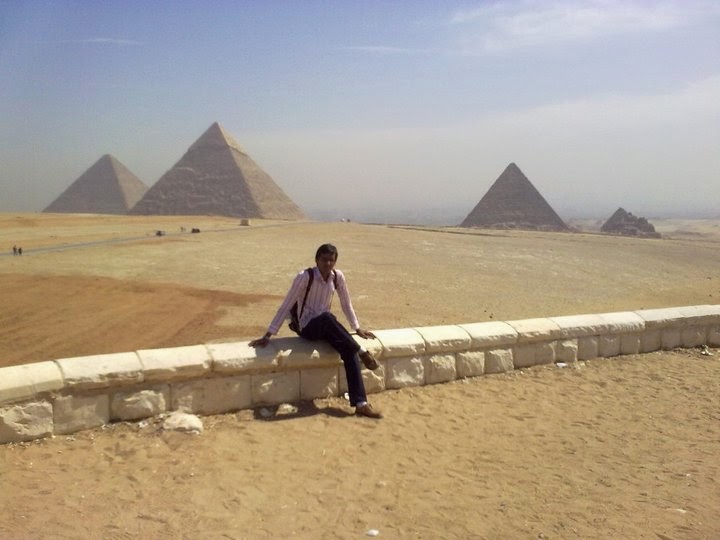THE CITY OF CAIRO
 |
| The El Hussein Mosque Click by Danish Henry |
Cairo is a
city of contradictions, just like other cities of the developing world – of
sorry slums (called ashwa’iyat) and
soothing spas, of abject poverty and envious wealth. It has a network flyovers
and underpasses to ease a crowded Cairo and Egyptians have a better civic sense
than ours.
 |
| Cairo Traffic Click by Danish Henry |
The mosques
and churches of old Cairo bear testimony to the diversity of groups that have
ruled this city. Infact, our good guide informed us that Cairo’s official name
‘القاهرة al-Qāhirah literally means ‘the
Conqueror’.
While I was in
Cairo (March 2011), I witnessed no protest or civil unrest. Banks doing
business, stock exchange recovering, school buses picking up kids and leaving
those who were late, patients being operated; in a net shell I witnessed normal
routine life.
A number of medical
students from Ain Shams asked me about how I, as a Pakistani, viewed the
Egyptian uprising. I do the same when I meet someone who is not in our shoes – their
analysis (if it is) from the scratch, empowers me with fresh perspective but it
may also be misleading as the neighbors grass is always appear greener. Overall,
it is an educating experience to watch ourselves through the lens of a
foreigner and in fact an opportunity to locate similarities.
The Alleys of Khan El Khalili
 |
| Source: Google Images |
The Khan El
Khalili Bazaar in downtown Cairo is a centuries-old souk with small shops,
coffeehouses, restaurants offering local food and the ubiquitous 'shisha'. People
from across the world can easily be located here. The revered Al-Hussein Mosque
is near the bazaar.
 |
| The El Hussein Mosque Click by Danish Henry |
While visually
scanning the shops, I wonder if the Pharaoh were to roam the alleys of Khan El
Khalili with me, how would he react to the conversion of his culture to a
business enterprise?































